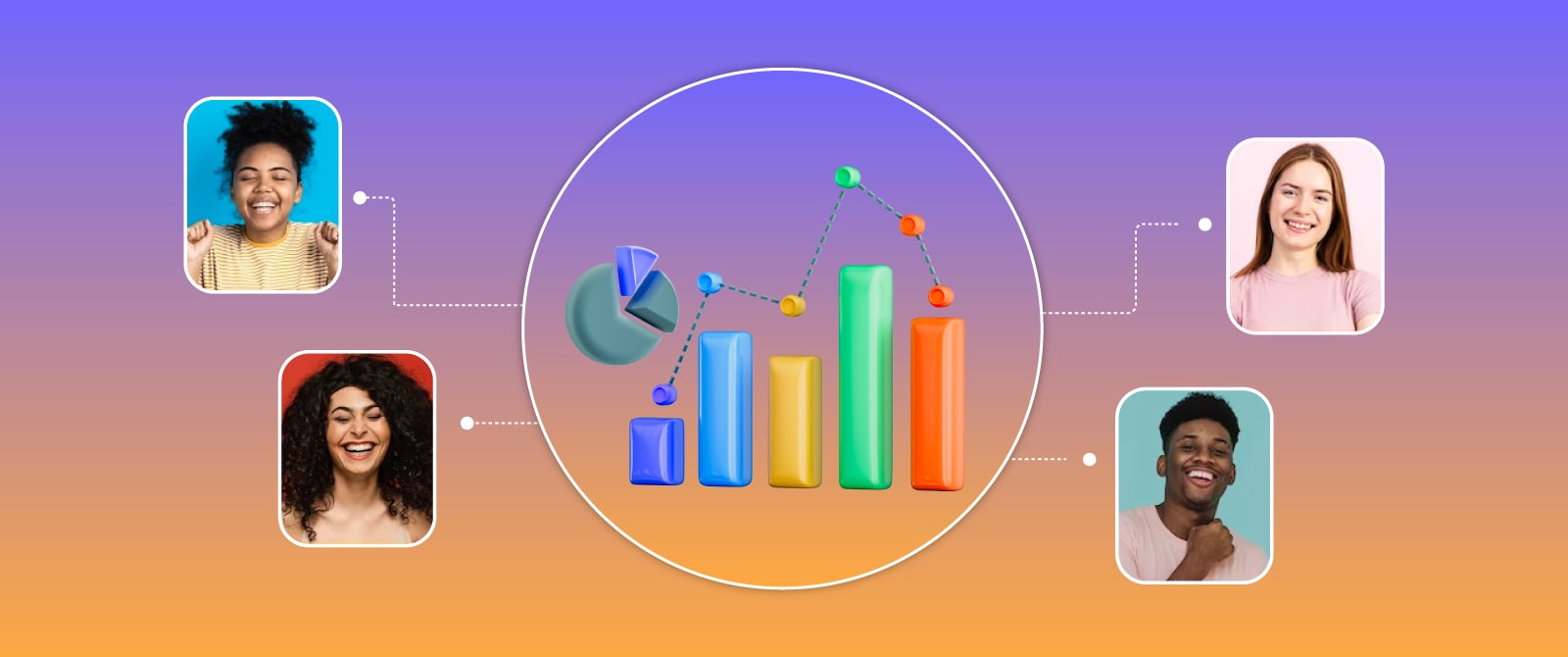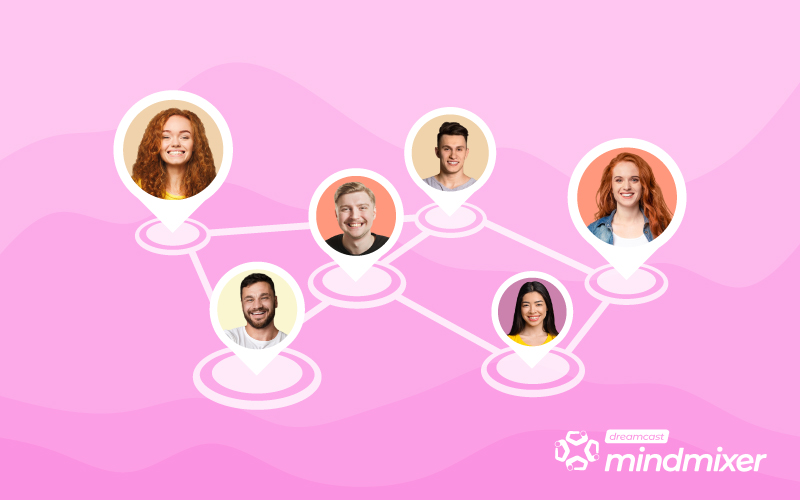Networking events play a crucial role in fostering connections, collaborations, and professional growth. However, organizing successful networking events requires careful planning and continuous improvement. In today’s data-driven world, leveraging data and analytics can provide valuable insights that can transform networking events into more targeted, engaging, and impactful experiences.
In this article, we will explore how to utilize event data analytics to improve networking events. From pre-event planning to post-event analysis, we’ll tap into the performance using the crucial metrics.
Pre-Event Planning
Event Data analytics can play a vital role in the pre-event planning phase, enabling organizers to make informed decisions and optimize event outcomes. Here are some key strategies for utilizing data and analytics during this phase:
- Identify Target Audience:
Analyze past attendee data to understand the demographics, industries, and interests of your target audience. This analysis helps in tailoring event content, speakers, and networking opportunities to align with attendees’ preferences.
- Survey and Feedback Analysis:
Conduct surveys and analyze feedback from previous events to gain insights into attendee expectations, pain points, and areas for improvement. Use this data to refine event objectives, design relevant sessions, and address any shortcomings.
- Social Media Listening:
Monitor social media platforms to gauge discussions, trends, and topics relevant to your event. This analysis helps in identifying relevant industry influencers, potential partnerships, and trending themes that can be incorporated into the event.
Tracking Networking Experience
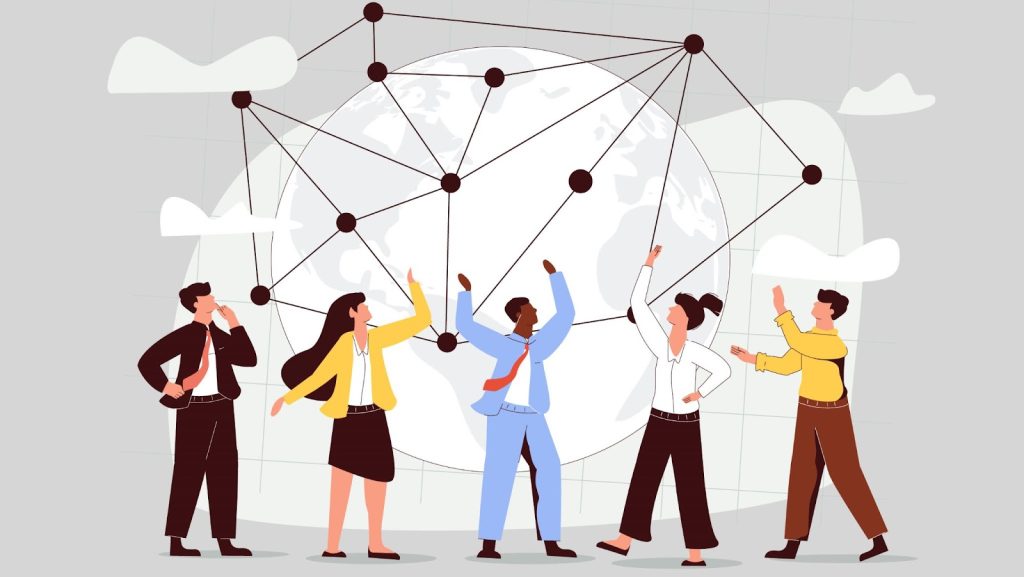
Event Data and analytics can enable organizers to create personalized networking experiences to ensure attendees connect with the right people and maximize the value of their interactions. Here’s how:
- Intelligent Matchmaking:
Utilize data and algorithms to match attendees based on their profiles, interests, and objectives. By leveraging data-driven matchmaking, participants can be connected with like-minded professionals, increasing the chances of meaningful connections and collaborations.
- Real-Time Recommendations:
Use event apps or platforms that leverage data analytics for events to provide personalized recommendations for sessions, speakers, and networking opportunities. These recommendations can be based on attendees’ preferences, past interactions, or popular choices among similar attendees.
- Interactive Networking Tools:
Incorporate interactive networking tools within event apps that enable attendees to search for specific individuals or companies based on their interests, expertise, or industry. These tools can also provide real-time availability status, facilitating efficient scheduling of meetings and interactions.
Learn More: Why Business Networking Event App Is Essential For Organizers
Monitoring Engagement and Attendee Experience:
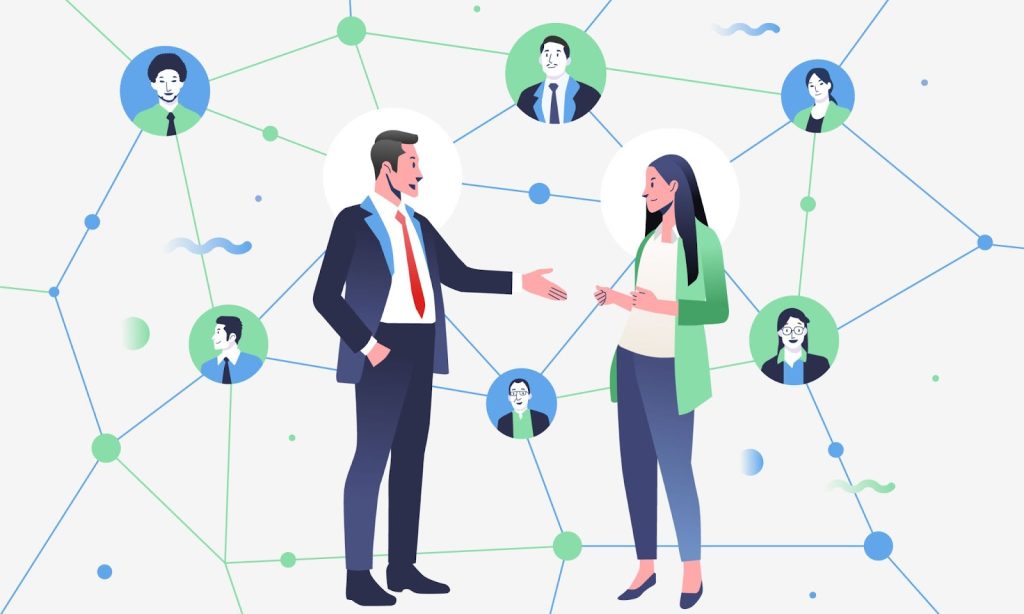
During the event, data and analytics can help organizers monitor attendee engagement levels, identify areas of improvement, and make real-time adjustments. Here’s how to leverage data for enhanced engagement:
- Tracking Attendee Behavior:
Utilize event apps or tracking technologies to monitor attendee behavior, such as session attendance, session duration, booth visits, and interactions. This data provides insights into attendee interests, preferences, and engagement levels.
- Live Polling and Surveys:
Incorporate real-time polling or survey features within event apps to gather instant feedback from attendees. This data can be used to gauge session effectiveness, speaker performance, or overall attendee satisfaction, allowing organizers to make immediate adjustments if needed.
- Social Media Monitoring:
Track social media mentions, hashtags, and discussions related to the event. This analysis helps organizers identify trending topics, popular sessions, or areas of excitement that can be amplified to enhance the attendee experience.
Post-Event Analysis and Improvement:
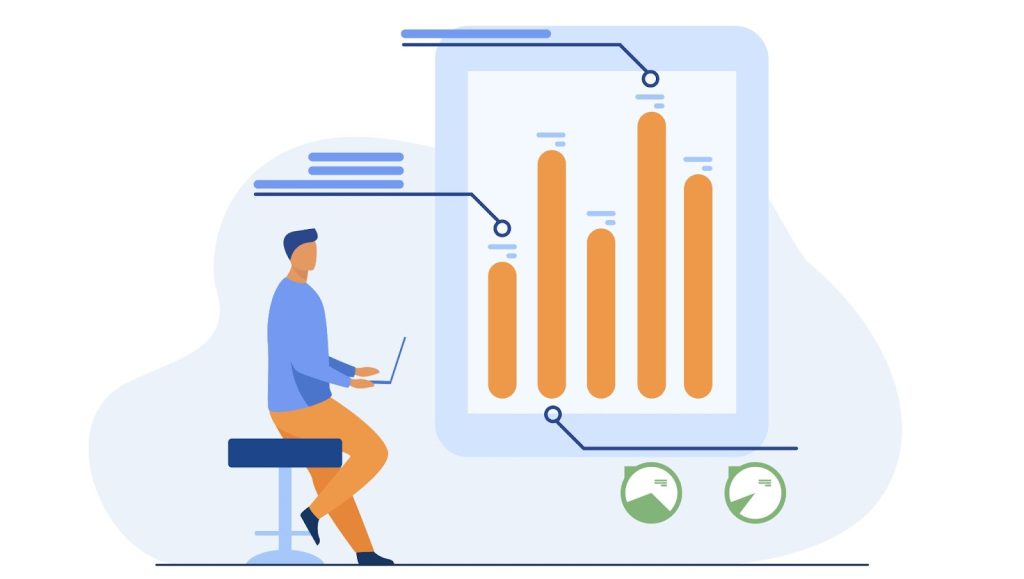
Data and analytics are invaluable resources for post-event analysis, enabling organizers to measure the success of their networking events and make informed decisions for future improvements. Consider the following strategies:
- Evaluate Key Performance Indicators (KPIs):
Define relevant KPIs, such as attendee satisfaction, number of connections made, or post-event business opportunities. Analyze data collected during the event to measure these KPIs and assess the overall success of the event.
- Feedback Analysis:
Gather feedback from attendees through surveys, ratings, or post-event interviews. Analyze this feedback to identify areas of improvement, understand attendee preferences, and refine future networking events.
- ROI Calculation and Value Demonstration:
Data analytics allows organizers to quantify the return on investment (ROI) of networking events by analyzing various cost and benefit factors. By tracking expenses such as venue rental, marketing, and staffing against outcomes such as new business leads, partnerships, and attendee satisfaction, organizers can calculate the event’s ROI.
- Data-Driven Decision Making:
Utilize the insights gathered from data and analytics to make data-driven decisions for future events. This could include adjustments to session formats, speaker selection, networking opportunities, or even changes in event format or venue based on attendee preferences.
Learn more: Event Networking Metrics To Measure the Impact of Your Event
Benefits of Event Data Analytics
Event data analytics offer a plethora of benefits for organizers, attendees, sponsors, and other stakeholders involved in the event ecosystem. Here are some key advantages:
1. Improved Decision Making:
Event data analytics provide organizers with valuable insights into attendee behavior, preferences, and engagement levels. By analyzing data on registration, session attendance, booth visits, and interactions, organizers can make informed decisions regarding event programming, resource allocation, and logistics, leading to more successful and impactful events.
2. Enhanced Attendee Experience:
By understanding attendee preferences and interests through data analytics, organizers can personalize event experiences to cater to diverse audience segments. From targeted content recommendations and networking opportunities to tailored recommendations for sessions and exhibitors, data-driven insights enable organizers to create more engaging and meaningful experiences for attendees, increasing satisfaction and retention rates.
3. Increased Sponsorship Value:
Event data analytics provide sponsors with valuable insights into the effectiveness of their investments and the impact of their presence at the event. By analyzing data on booth traffic, engagement levels, and lead generation, sponsors can measure the ROI of their sponsorship efforts and make data-driven decisions regarding future investments. Additionally, data analytics enable organizers to offer sponsors targeted opportunities for exposure and engagement, enhancing the value proposition for sponsors and fostering long-term partnerships.
4. Measurable ROI:
Event data analytics enable organizers to quantify the impact of their events and demonstrate ROI to stakeholders. By tracking key performance indicators such as attendance rates, engagement levels, lead generation metrics, and revenue generated, organizers can measure the success of their events and justify investment decisions. Additionally, data analytics provide insights into areas for improvement, enabling organizers to refine their strategies and optimize future events for greater success.
5. Continuous Improvement:
By analyzing post-event feedback and performance metrics, organizers can identify areas of strength and areas for improvement, enabling continuous improvement of event experiences. Data-driven insights help organizers refine their strategies, optimize event processes, and implement targeted improvements to enhance attendee satisfaction and drive better outcomes with each iteration.

6. Predictive Insights:
Event data analytics enable organizers to leverage predictive analytics techniques to anticipate attendee behavior and trends, enabling proactive decision-making and planning. By analyzing historical data and external factors, organizers can forecast attendance numbers, identify potential bottlenecks, and adapt their plans accordingly, ensuring a seamless and successful event experience for attendees.
7. Competitive Advantage:
In today’s competitive event landscape, data analytics provide organizers with a competitive advantage by enabling them to stay ahead of the curve and deliver exceptional experiences that meet the evolving needs and expectations of attendees. By leveraging data-driven insights to innovate and differentiate their events, organizers can attract more attendees, secure higher sponsorship revenue, and establish their events as industry leaders.
Final Words:
By leveraging data throughout the event lifecycle, from pre-event planning to post-event analysis, organizers can create more targeted, engaging, and impactful networking events. Embracing data-driven decision-making ensures that networking events evolve to meet the changing needs of attendees, foster meaningful connections, and drive professional growth in an increasingly interconnected world.
FAQs
Organizers can justify the investment in data and analytics for networking events by highlighting the tangible benefits and outcomes that can be achieved, such as improved attendee experiences, increased engagement and satisfaction, enhanced sponsorship value, measurable ROI, and competitive advantage.
Some common challenges associated with using data and analytics for networking events include data privacy and security concerns, data quality and integrity issues, resource constraints, and technical complexity. Organizers may encounter challenges related to collecting, managing, and analyzing large volumes of data, ensuring data accuracy and reliability, and integrating disparate data sources.
During the pre-event planning phase, data can be used for market research, audience segmentation, venue selection, layout optimization, and predictive analytics for resource planning. By analyzing demographic data, industry trends, and attendee preferences, organizers can identify target audience segments, optimize event layouts, and forecast attendance numbers.


